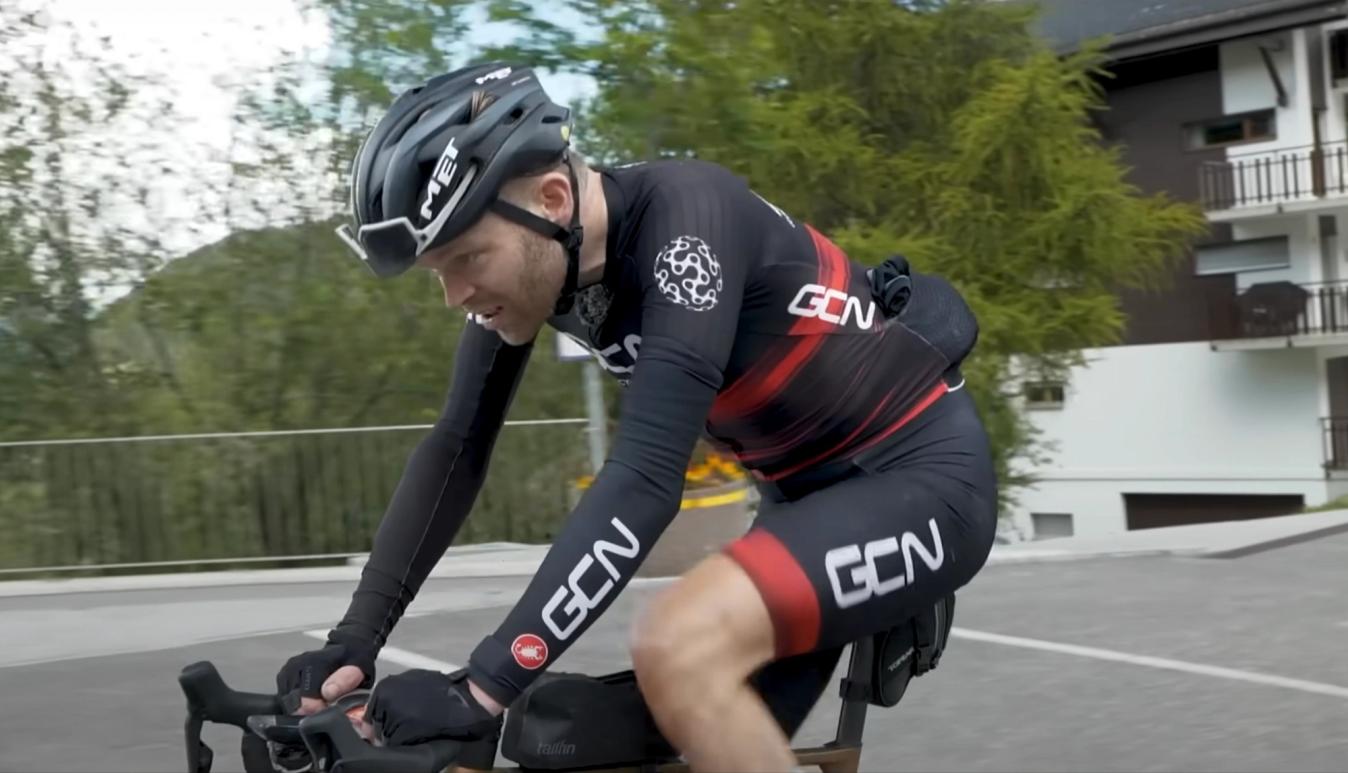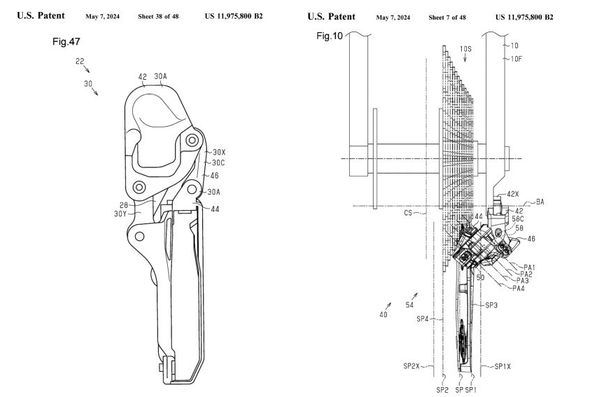How new technology can help get you the perfect bike fit
Getting the size of your bike right is really important when buying a new, expensive bike. Could this new technology help make things easier?
Alex Hunt
Junior Tech Writer
When it comes to getting a new bike, especially at the higher end of the market, there are plenty of things to consider. Before you get hung up on colourways or tyre choice the most important thing to get right is the correct bike fit. This is a hurdle that many often stumble over and the consequences of getting it wrong can have a significant impact.
At the very least you may need to spend a fair bit of cash on component swaps or you might even need to get a different size frame altogether.

© GCN
Getting a bike fit is the most important factor in choosing the right bike for you
Why can't I just go by frame size?
The issue with bike sizing is that unlike shoes, not all bikes with the same indicated frame size actually measure the same in reality. This is because there is more than one measurement that dictates how a frame feels. A quick look at our recent geometry explainer will highlight this. Although two bikes might have a 54cm frame they could have wildly different stack and reach measurements. This means one bike might fit like a glove and the other will have you kneeing the handlebars whenever you get out of the saddle.
Thanks to new technology there is a way to ensure that any bike you purchase going forward, will be guaranteed to fit. Ollie Bridgewood visited Selle Italia to find out more how about how its ID Match system. It works by positioning you on a machine where every measurement is controllable. This can then provide you with your perfect bike fit specific to your body and riding style.
This then allows you to make a more informed buying decision and know in advance if the stem, seatpost or bars will need to be swapped to get the exact fit that you want.
The system is more than just a simple bike fitting jig though as it uses a combination of motion capture camera software to track a rider's biomechanics as they pedal. It utilises AI machine learning that is continually learning more from each bike fit completed on the system.

© GCN
Using AI and motion capture the ID Match bike fit from Selle Italia can tell you the exact size bike for your body from a whole library of bikes
How does the ID Match system work?
The process leaves no stone unturned, starting with the shoe and cleat position before moving on to reach, stack and saddle height. With the power of the AI-generated modelling software, the fit is faster than more traditional bike fit offerings as there is less need for trial and error to get to the right position.
- Read more: Whoop brings in ChatGPT for AI coaching
Once the bike fit is complete and your ‘ideal fit’ has been determined the system can then use a database of almost every bike on the market in every size to match you to the correct size bike for your needs. It goes further than just telling you what frame size would be best buy, detailing how many spacers are needed under the stem to bring the bike stack to the correct height for you.
The system can also differentiate between the type of fit different riders might be looking for. For example, a racer looking to get as aero as possible for one-hour crit races is likely to want a wildly different position to an ultra-endurance bike packer who just wants to be as comfortable as possible for hours in the saddle. This adjustment can be taken into consideration by simply selecting the correct criteria from a menu, and the results will be tailored to that style of riding.
This can have a massive bearing on the enjoyment of a bike ride as Ollie found out last year when he took on the Tour des Stations Ultimate 1000km ultra-endurance challenge. Although he has had bike fits in the past and knows how to set his bikes up to fit him for his standard style of riding, using this position for a 1,000km epic proved to be costly. Towards the end of the ride his neck, hands and shoulders were all in agonising pain brought on by a bike fit that put too much strain on these areas for the 72-hour ordeal.

© GCN
Ollie found out just how much difference a bike fit can make when he took on the Tour des Stations Ultimate last year
It is worth mentioning that this service obviously comes with an associated cost that for more budget-orientated riders or simply newcomers to the sport might be a stretch too far.
As much as we would recommend that everyone gets a bike fit like this, the fact is it isn’t always possible. We've taken a look at some bike fitting tips you can do yourself in the past as well as what common aches and pains could be down to incorrect bike fit, which should all prove useful when trying to get it right.
If you're in the market for a premium road bike we'd say that a bike fit is a better performance upgrade than getting a one-piece bar and stem or upgrading your wheels. If you're serious about your riding, making sure that the bike you ride is the right size and set up optimally is worth more than any other components.
Have you ever bought a bike which you later found out was the wrong size? How did you resolve the issue? Let us know in the comments section below.

.png?w=600&auto=format)










.jpg?w=600&auto=format)